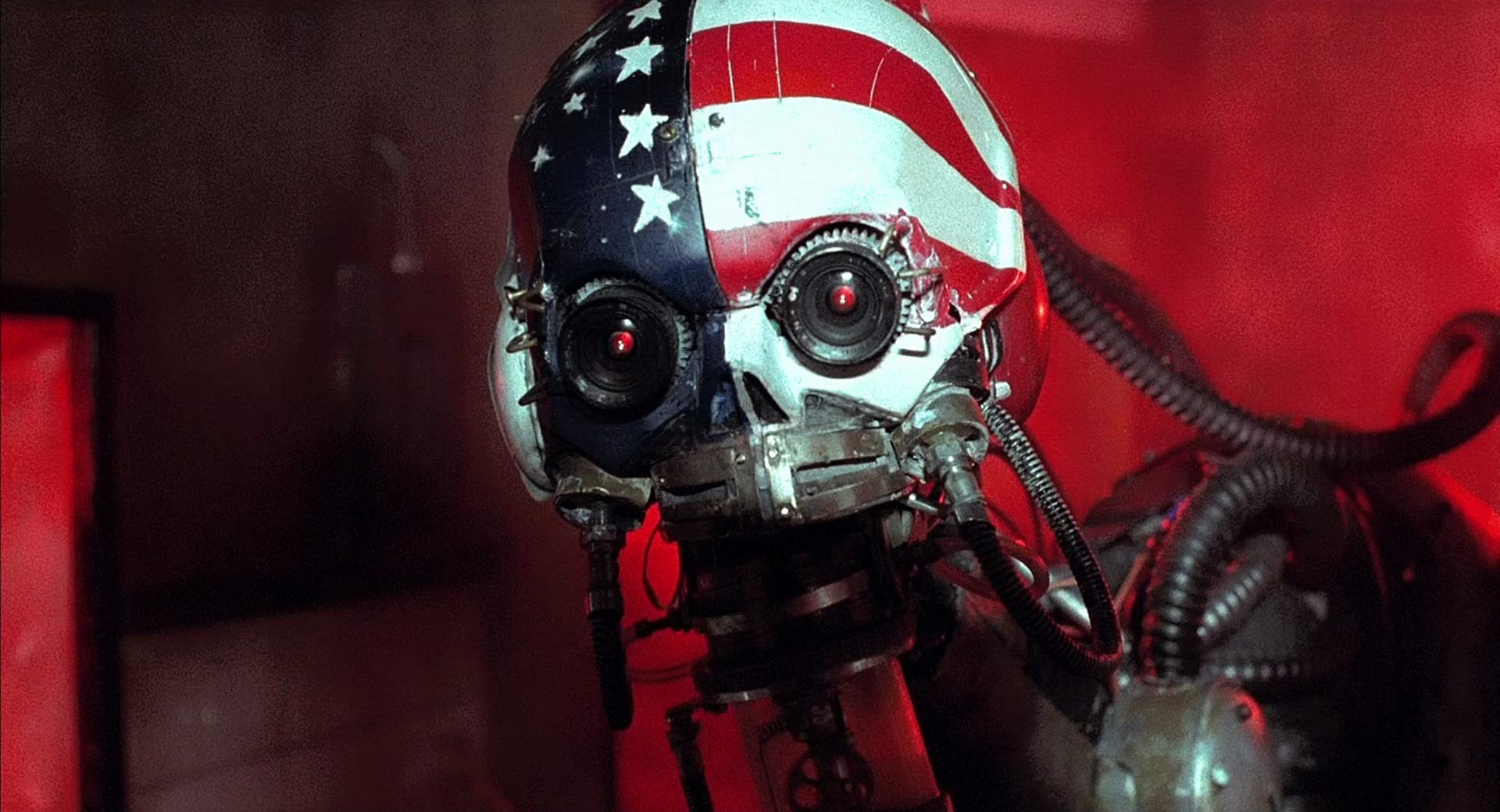
Jodorowsky’s “Dune”, the monumental groundbreaking motion picture never made, wasn’t the end of the “Dune” adaptation project. Of course, David Lynch’s version is considered a big disappointment, but regardless, one of the greatest science fiction novels ever written got its own feature film.
It’s too bad that another sci-fi milestone, William Gibson’s cyberpunk trademark novel “Neuromancer”, hasn’t landed onscreen to this day. It’s a truly visionary piece, concentrating on topics like virtual reality, hacking, a global network, megacorporations, artificial intelligence, advanced globalization, and many more. It’s such a pity this fundamental work is still without a Hollywood film adaptation.
There were many attempts to create such a film, but they all failed in early stages. It doesn’t mean that “Neuromancer” isn’t living through other movies inspired by it or the ones sharing similar imagery. Let’s take a look at a couple of productions that in some way give us the “Neuromancer” experience we still await.
1. Johnny Mnemonic (1995)
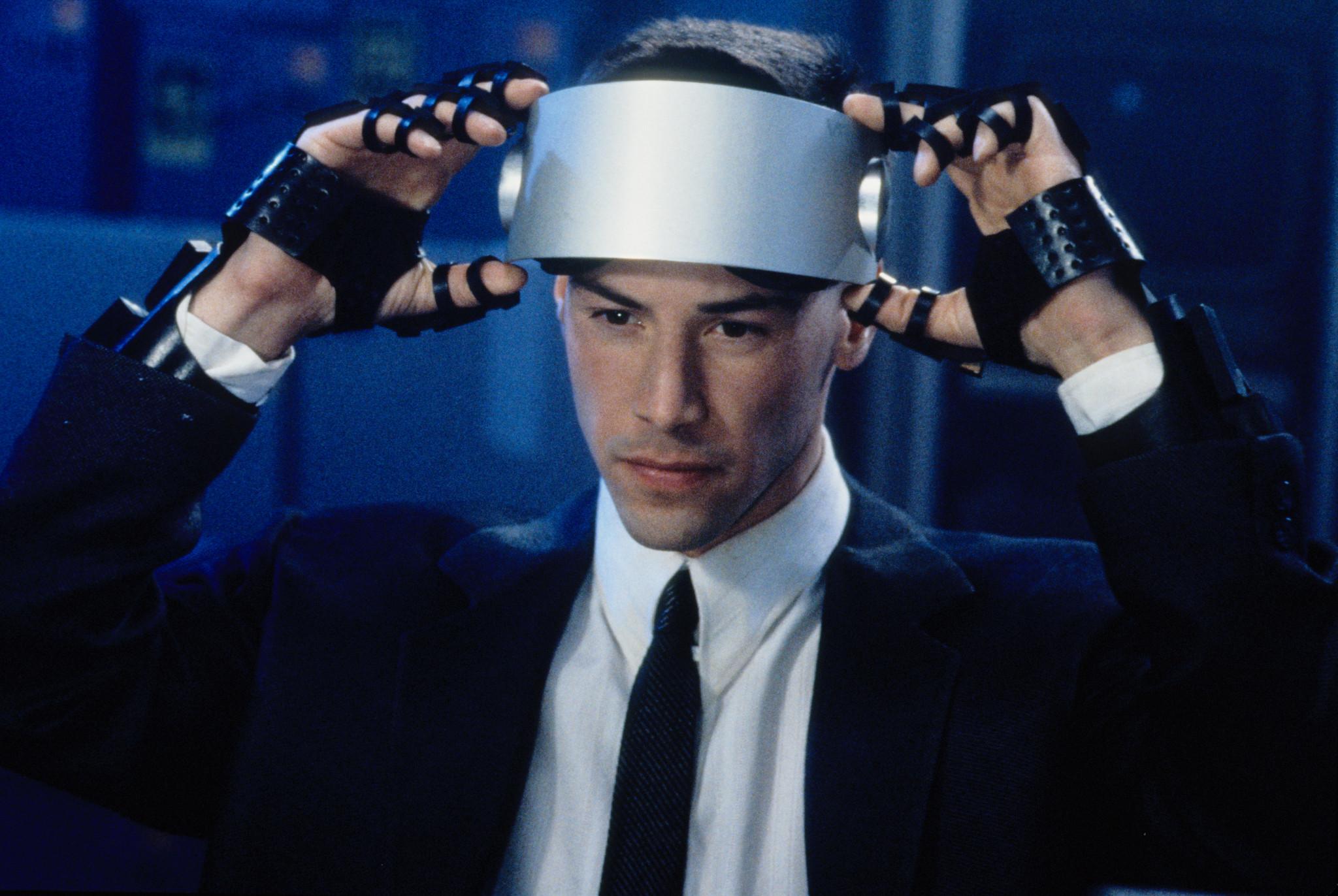
“Johnny Mnemonic” is probably the film that is closest to Gibson’s work when it comes to visual style and structure. Unfortunately, it’s also quite a mess and more of a B-movie in the science fiction canon. Nevertheless, there are many elements in this film that recall “Neuromancer” at its best.
For instance, the world is filled by advanced technology and decay at the same time. There are many punks and lunatics walking on the streets here. Cyber crime isn’t a rare thing – it’s a new religion. The ugliness of Gibson’s futuristic vision is held here in many grotesque post-industrial places, strange characters (especially Dolph Lundgren as the apocalyptic street preacher), and finally the intrigue.
The plot concentrates on Johnny Mnemonic, a software courier who carries the information inside of himself, stored safely in his brain. Perhaps not so safely, because the whole story is about bad guys trying to steal poor Johnny’s brain.
Of course, “Johnny Mnemonic” is a cyberpunk standard mainly because its screenplay was written by Gibson himself (it’s also based on one of his short stories). Unfortunately, having Gibson himself working on the film didn’t rescue it. It still balances between intriguing sci-fi and not-so-fancy camp. Keanu Reeves, in the role of the brave technology thief, is convincing in the same way as he was when playing Neo in “The Matrix”– he’s the perfect cyberspace cowboy.
2. The Matrix (1999)
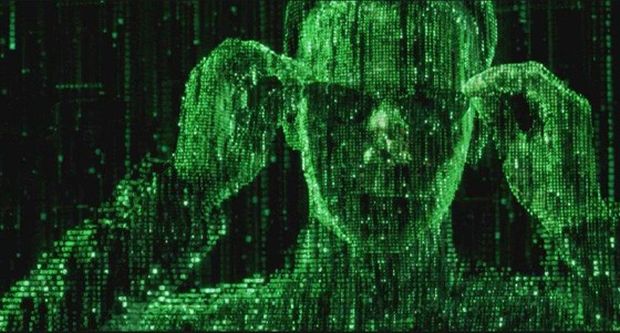
You can already see this film on a number of lists on Taste of Cinema, but here, it’s a truly fundamental piece. “The Matrix” is the film that popularized cyberpunk in pop culture like no other work, including films, novels, comic books and anime. Of course it has elements of various sci-fi themes, religious and mythologic metaphors, and action cinema, but the most visible element is cyberpunk.
The first thing that comes to mind when we think about cyberpunk is virtual reality. The world ruled by machines using it to enslave humanity – this is the clue here. The use of virtual reality as not a substitute but as false life is a big step further in cyberpunk’s harsh reality. In this case, “The Matrix” is more dark and dystopian than Gibson’s work.
There are many elements in this film that are taken straight from the pages of “Neuromancer”. For instance, the rastafari crew on the ship in “Neuromancer” is similar to humanity’s shelter Zion and the Nebuchadnezzar ship seen in “The Matrix”. Another similarity are programs like Wintermute and Agent Smith, who in both works are wanting to become something bigger than they were made to be.
Also, elements such as futuristic scenery and heavy Eastern influences are similar to Gibson’s novel. Of course, let’s not forget about the costumes – badass sunglasses, leather coats and pants (Trinity looks exactly like you would imagine Neuromancer’s Molly). Those things make “The Matrix” the ultimate cyberpunk work in mainstream cinema.
3. Strange Days (1995)
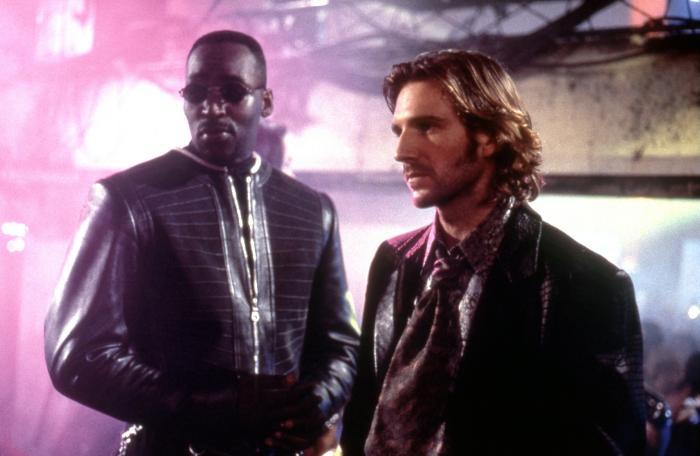
Maybe it’s not a typical sci-fi movie, but it definitely has a special vibe that makes it a totally cyberpunk experience. It’s America in AD 1999, the last days before the beginning of a new millennium. Streets are filled with crime, the air is full of anxiety, and the big technologic change is happening right now.
Ralph Fiennes plays an old cop (yeah, typical) who now works on the other side, selling special minidiscs on the black market. What makes those discs special is that they are recorded straight from the mind of someone who “becomes” the camera. It’s almost the exact same thing as Simstim – the neuro-recording system Molly from “Neuromancer” was using.
Angie Mitchell from “Mona Lisa Overdrive” (Gibson’s final novel in the Sprawl Trilogy) was even the biggest star of Simstim entertainment, which made her the key figure in a big intrigue.
In Kathryn Bigelow’s movie we have a similar situation. The disc made initially for entertainment becomes a dangerous toy in the hands of a psychopath. This begins many terrifying events. The best thing about “Strange Days” is that it combines both the element of future shock and the sociological and existential thought, which can be found in films like “Blade Runner” or “Ex Machina”. The intense neo-noir atmosphere and great cinematography make this a must-see.
4. Nirvana (1990)
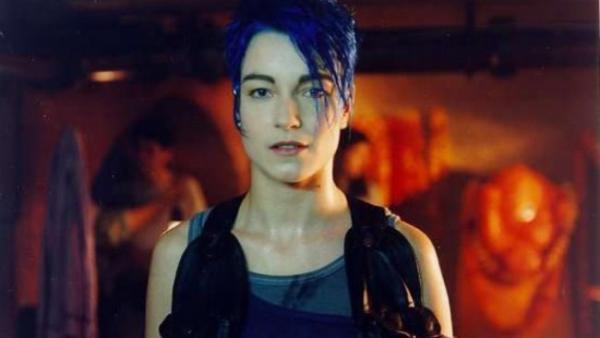
This is another B-movie, but one with heavy cyberpunk inspirations. The concept is simple: virtual reality as a trap and as transcendence at once. Are we still human in computer-generated worlds? Of course, there are many campy moments here, and Christopher Lambert isn’t a guarantee for a first class existential sci-fi cinema, but it’s still not a strictly bad taste movie.
The dark and decadent environment where the action takes place is very close to the Sprawl in “Neuromancer”. Also, the way that they were able to create virtual reality in this film is a great familiarity of Gibson’s work.
It has a somewhat grotesque but also highly existential subplot, with a virtual man trapped in the virtual world having to live his live all over again, like in a computer game. Lambert plays the creator of this virtual reality who tries to fix things. The motive of a man caged in the computer generator world brings a true uncanny event that can give people the creeps. It’s also similar to Neuromancer’s A.I. Wintermute – the mind created in cyberspace which thinks it could become a being, a singularity.
5. Lawnmower Man (1992)
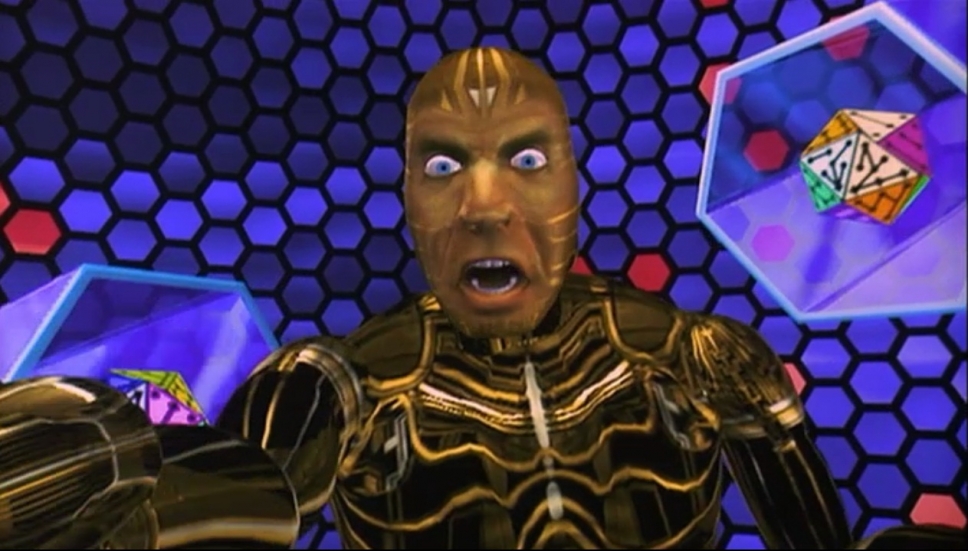
“Neuromancer” and other Sprawl Trilogy books concentrate on hackers and mind uploading. They also contain this big scale problem of a mind (or A.I.) that can completely run the network; some kind of mastermind having the keys to control global virtual reality. So then comes the question: what if someone bad, corrupted or even psychotic got the opportunity to become the master?
Just as in “The Wizard of Oz” when we realize that it was just a small, sad man behind this the whole time, “Lawnmower Man” is the kind of movie where we have a local loser whose life is about to change when he gains an unexpected power.
The special effects aren’t ahead of their time here – they’re rather decent, a little bit kitsch (especially when we compare it to “Tron”, which came out a couple of years earlier). Nevertheless, it’s really cool how the crew developed a claustrophobic cyberspace that resembles the one where Neuromancer’s virtual action takes place. The movie’s ending sequences show us how that kind of action could look like in a possible adaptation of Gibson’s novel, with better designed CGI but with a similar feeling.